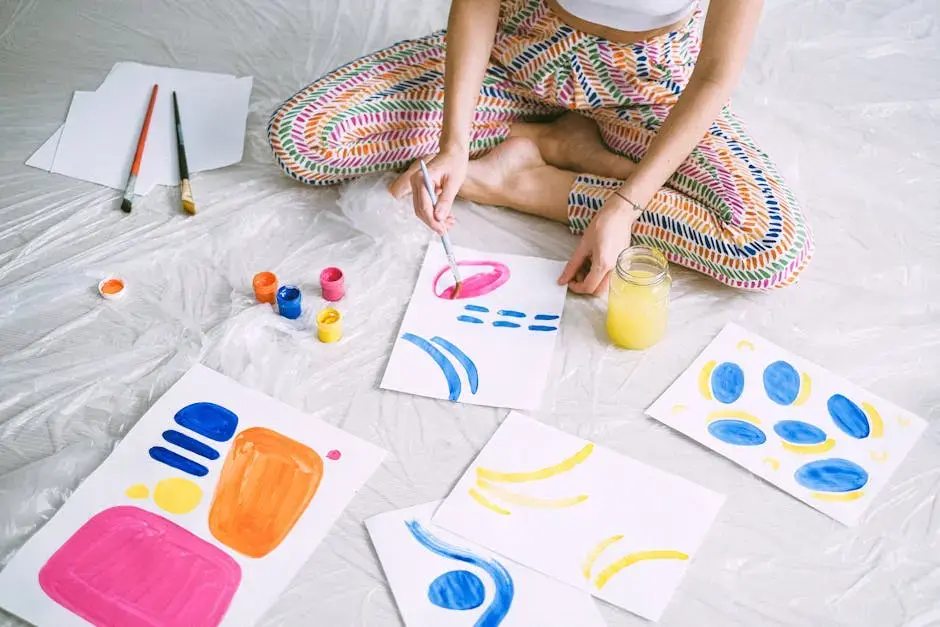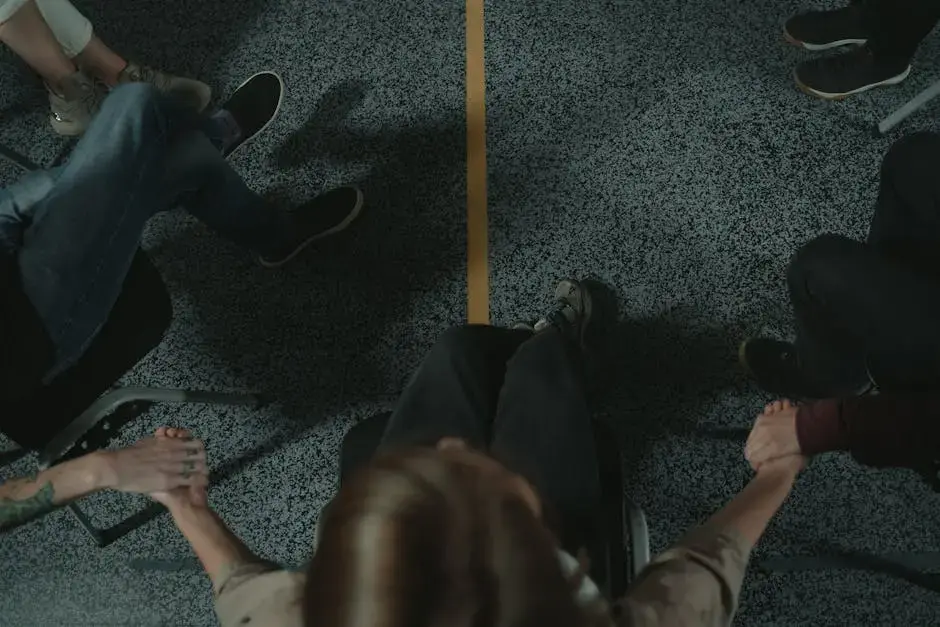What is Art Therapy?
- Karrie Stafford

- Oct 24, 2024
- 3 min read
Art therapy is a unique therapeutic approach that combines the creative process of making art with psychological insight to enhance mental health and emotional well-being. This blog will explore the fundamental concepts of art therapy, its benefits, and how it is practiced.

Understanding the Basics of Art Therapy
Art therapy is defined as a therapeutic practice that utilizes the creative process of art-making to help individuals express emotions, cope with trauma, and improve psychological well-being.
At its core, art therapy blends the worlds of psychology and art. It provides a safe space for self-exploration and emotional expression. Through various artistic forms such as drawing, painting, or sculpting, clients can unearth feelings that may be difficult to verbalize.
Moreover, art therapy is not limited to traditional artistic skills. You don't have to be an experienced artist to benefit from it. The process itself is often more important than the final product, allowing individuals of all ages and backgrounds to engage freely.
This therapeutic approach emphasizes that everyone possesses the innate ability to create. In this way, art therapy acts as a bridge between the conscious and unconscious mind, unlocking emotions and thoughts that might otherwise remain hidden.
The environment created during art therapy sessions is supportive and non-judgmental, fostering trust and connection between the therapist and the client. This dynamic is pivotal in facilitating personal growth and discovery.
The Benefits of Art Therapy
Art therapy offers numerous benefits such as reducing anxiety, enhancing self-esteem, and providing a non-verbal outlet for expression, making it particularly effective for those who find it difficult to articulate their feelings.
One significant advantage of art therapy is its use in coping with trauma. Individuals who have experienced distressing events may find that engaging in artistic activities helps in processing their experiences. The act of creating can transform overwhelming emotions into something tangible.
Additionally, art therapy promotes mindfulness and encourages individuals to stay present in the moment. This focused engagement can lead to reduced stress and improved mental clarity. Clients often report feeling a sense of relief and accomplishment after sessions.
The process of creating art has been shown to stimulate brain activity, which can enhance cognitive function. By engaging both the creative and analytical sides of the brain, individuals benefit from improved problem-solving skills and better emotional regulation.
Furthermore, art therapy fosters community and connection. Many individuals find solace in group sessions where they can share their work and experiences with others. This collective journey toward healing can significantly reduce feelings of isolation.
Who Can Benefit from Art Therapy?
Art therapy can be beneficial for a wide array of populations including children, adults, individuals with mental health issues, and those experiencing life transitions or stress.
Children often benefit significantly from art therapy, as it allows them to express feelings in a medium they understand. Many children may struggle to find the words to describe their emotions, but through art, they can communicate in a way that feels natural and open.
Adults dealing with anxiety, depression, or trauma may also find art therapy helpful. The act of creating provides a constructive outlet for emotions that can often feel overwhelming. It can also promote self-discovery, leading to insights that foster healing.
Moreover, individuals undergoing significant life changes—such as divorce, loss, or career transition—can benefit from art therapy. It serves as a safe haven to explore complex feelings and gain clarity on their situations.
Art therapy is not limited to those facing emotional challenges. It can also be beneficial for individuals looking to improve their overall well-being. Engaging in creative pursuits can uplift mood and enhance one's quality of life.
How is Art Therapy Practiced?
Art therapy is conducted by licensed professionals who facilitate sessions where clients can engage in various artistic activities, often tailored to their unique emotional and psychological needs.
Typically, sessions may begin with a brief check-in, allowing clients to share their feelings or thoughts. Following this, the therapist may propose a specific project or technique designed to guide the creative process.
Clients are encouraged to use their medium—be it paint, clay, or other materials—as a way to channel their emotions. Throughout the process, the therapist provides support and guidance without dictating the artistic direction.
After the creative work is completed, discussions often occur where clients reflect on their art and explore its meaning. This dialogue can be enlightening, unveiling layers of thought and feeling that can further aid the healing journey.
Some therapists also incorporate art into traditional talk therapy, blending verbal discussions with creative exercises. This integrative approach can cater to various client needs and preferences, enhancing the overall therapeutic experience.
Wrapping Up on Art Therapy
In conclusion, art therapy serves as a valuable tool for self-expression and healing, bridging the gap between creativity and mental health. Whether through guided sessions with a professional or personal exploration, art therapy offers a pathway to understanding and growth.




Comments